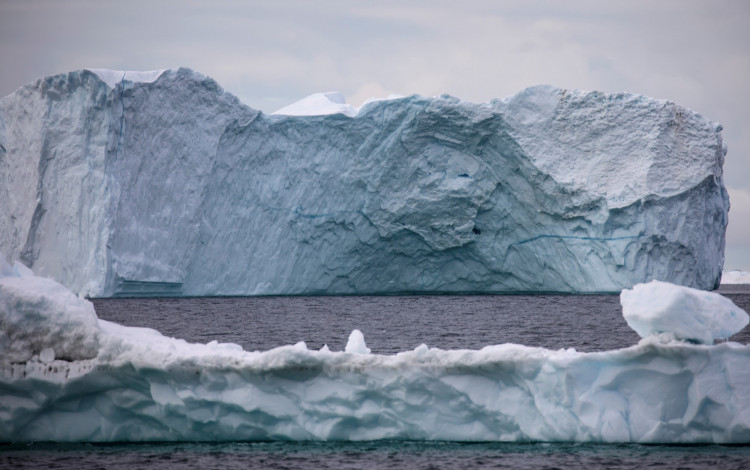Scientists warned on Monday at an American Geophysical Union meeting that an ice shelf holding a critical glacier in Antarctica might shatter within the next five years.
As it slowly melts into the ocean, the Thwaites Glacier, the size of Florida, is already responsible for nearly 4% of global yearly sea level rise. However, the glacier is situated on an ice shelf that is at risk of collapsing due to newly discovered fractures on its surface and a huge fracture across the whole of the shelf, which might "shatter like a car windscreen," according to the BBC.
Thwaites Glacier, which stretches 120 kilometers (75 miles) along Antarctica's west coast, is a hotspot for climate scientists, notably the International Thwaites Glacier Collaboration (ITGC). This massive glacier is particularly sensitive to climate change, and its loss would be catastrophic.
"Thwaites is the widest glacier in the world," Ted Scambos, U.S. lead coordinator for ITGC, said. "It's doubled its outflow speed within the last 30 years, and the glacier in its entirety holds enough water to raise sea level by over 2 ft (0.6 m). And it could lead to even more sea-level rise, up to 10 ft (3 m), if it draws the surrounding glaciers with it."
Recognizing the importance of these concerns, the ITGC was established in 2018 to examine Thwaites Glacier and track changes over a five-year period. Almost 100 scientists are working on the project, collecting data on the ice and surrounding water and predicting future changes.
Rising ocean temperatures, fueled in part by human-caused climate change, are eroding Thwaites' eastern ice shelf in particular. Experts estimate that if the shelf breaks away, the glacier's contribution to sea level rise might increase by as much as 25%.
Ice loss in Antarctica has accelerated in recent years, and research predicts that a significant amount of sea level rise will occur if global warming exceeds three degrees Celsius (5.4 degrees Fahrenheit) beyond preindustrial levels.
NASA satellite data has revealed global sea levels will rise two to six feet by 2100, owing primarily to melting in Greenland and Antarctica. Scientists, on the other hand, have warned that projections understate the impact of climate change on sea level rise.
The researchers also modeled what would happen if Thwaites Glacier receded further inland. Very tall ice cliffs are expected to grow at the ocean front, which can break off into the sea and cause the glacier to retreat rapidly, eventually collapsing. According to the team, this might happen within a few decades or centuries.
"If Thwaites were to collapse, it would drag most of West Antarctica's ice with it," Scambos said. "So it's critical to get a clearer picture of how the glacier will behave over the next 100 years."
Thwaites Glacier will be studied by the ITGC for the next three years. The current research was presented at the American Geophysical Union's Fall Meeting.






